Home>Garden Essentials>How To Grow Fuyu Persimmon From Seed
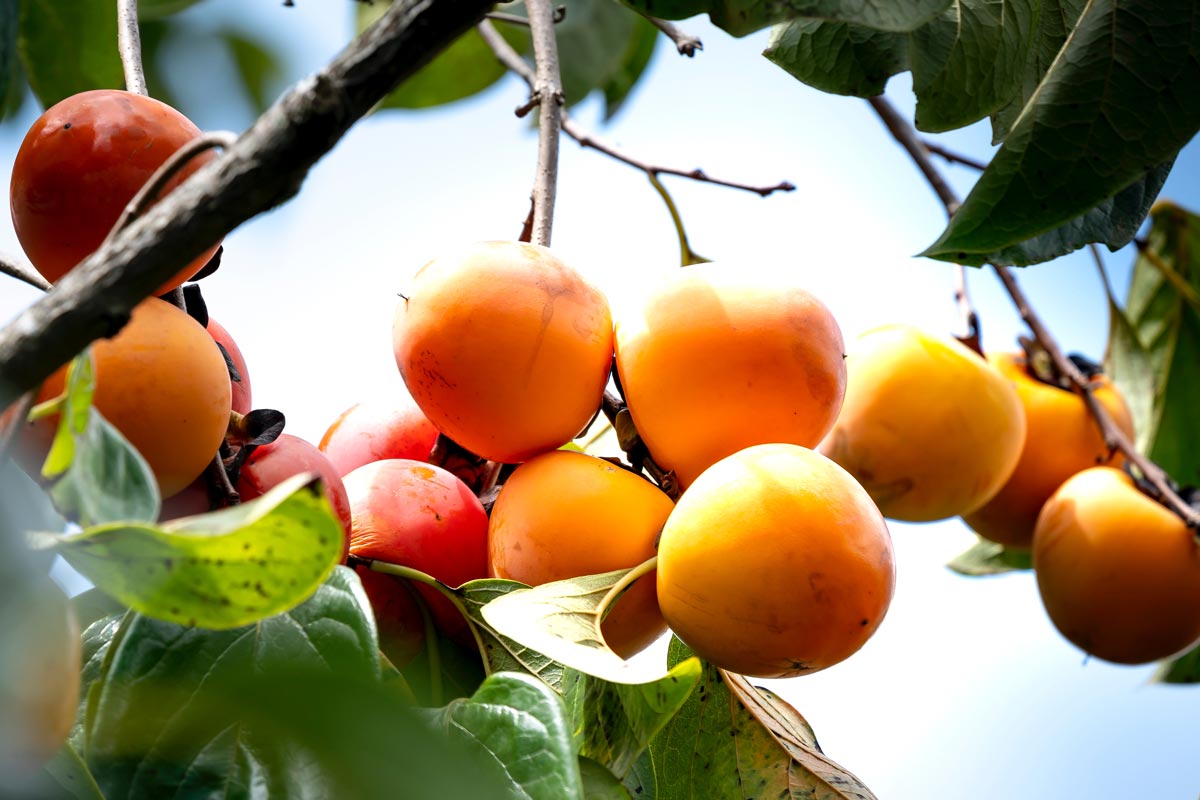

Garden Essentials
How To Grow Fuyu Persimmon From Seed
Modified: March 16, 2024
Learn the steps to grow Fuyu Persimmon from seed and create your own garden oasis. Discover the secrets to successful fruit cultivation in your backyard.
(Many of the links in this article redirect to a specific reviewed product. Your purchase of these products through affiliate links helps to generate commission for Storables.com, at no extra cost. Learn more)
Introduction
Welcome to the fascinating world of growing Fuyu Persimmons from seeds! Fuyu Persimmons are delicious fruits that are not only a delight to eat but also a joy to grow in your garden. Whether you are a seasoned gardener or a beginner with a green thumb, this article will guide you through the process of successfully growing Fuyu Persimmon trees from seeds.
Fuyu Persimmons belong to the Diospyros genus and are native to East Asia. These beautiful orange fruits have a unique sweet flavor and a crisp texture, making them a popular addition to salads, desserts, and even savory dishes. While you can buy Fuyu Persimmon trees from nurseries, growing them from seeds can be a rewarding experience that allows you to witness the entire life cycle of this amazing fruit tree.
Before we dive into the steps of growing Fuyu Persimmons from seeds, let’s talk about the benefits of doing so. Firstly, growing your own persimmon tree gives you the satisfaction of nurturing a plant from its humble beginnings. The process allows you to connect with nature, understand the needs of the plant, and appreciate the beauty of life’s cycles. Secondly, growing from seeds provides a cost-effective way to expand your garden. Rather than purchasing a mature plant, you can start with seeds, which are readily available and more affordable.
Now that you’re excited about growing your own Fuyu Persimmons, let’s move on to the step-by-step guide. In the following sections, I will walk you through the entire process, from collecting the seeds to caring for the seedlings and eventually transplanting them into your garden. So put on your gardening gloves and let’s get started!
Key Takeaways:
- Growing Fuyu Persimmons from seeds is a rewarding journey that connects us with nature and allows us to witness the entire lifecycle of these delicious fruit trees, from seed to harvest.
- Providing proper care, including watering, fertilization, and pruning, is essential for the healthy growth and bountiful harvest of Fuyu Persimmon trees grown from seeds.
Read more: How To Grow Persimmon From Seed
Step 1: Collecting Persimmon Seeds
The first step in growing Fuyu Persimmons from seeds is to collect ripe persimmon fruits and extract the seeds from them. Here’s how you can do it:
- Choose Fully Ripe Persimmons: Look for fully ripe persimmons that have a vibrant orange color and give in slightly when pressed. Ripe persimmons will have a sweet and soft flesh, indicating that the seeds inside are mature and ready for planting.
- Cut the Persimmons: Using a sharp knife, carefully cut the persimmons open. You will find a gelatinous pulp inside with several seed pockets.
- Scoop Out the Seeds: Gently scoop out the seeds from the pulp using a spoon or your fingers. Be careful not to damage the seeds while removing them.
- Separate the Seeds: Rinse the seeds under cool water to remove any remaining pulp. Once cleaned, separate the seeds from each other and place them on a paper towel to dry.
It’s important to note that Fuyu Persimmon trees are not self-pollinating, which means that the seeds collected from a single persimmon fruit might not produce trees with the same characteristics as the parent tree. However, this can lead to exciting surprises and unique variations in your persimmon orchard.
Now that you have collected the persimmon seeds, let’s move on to the next step: preparing the seeds for planting.
Step 2: Preparing the Seeds for Planting
Once you have collected the Fuyu Persimmon seeds, it’s essential to prepare them before planting. This step helps increase the germination rate and ensures successful growth. Here’s what you need to do:
- Soaking: Fill a container with warm water and place the persimmon seeds in it. Allow them to soak for 24 hours. This helps soften the seed coat and promotes quicker germination.
- Scarification: After soaking, carefully remove the seeds from the water. Using a small file or sandpaper, gently rub the outer covering of each seed. This process, called scarification, helps break the seed’s dormancy and aids in faster sprouting. Be cautious not to damage the seed too much while scarifying.
- Cold Stratification: Fuyu Persimmon seeds require a period of cold stratification to simulate winter conditions and trigger germination. To do this, place the scarified seeds in a moist paper towel or ziplock bag. Place them in the refrigerator or a cool location with a temperature between 32°F and 41°F (0°C and 5°C) for approximately 90 days. This chill period is crucial for the seeds’ development and prepares them for planting.
During the cold stratification period, periodically check the seeds to ensure they remain moist but not soaked. This mimics the natural conditions that trigger germination in the wild.
After the cold stratification period, you are ready to move on to the next step: germinating the seeds. Stay tuned!
Step 3: Germinating the Seeds
Once the Fuyu Persimmon seeds have undergone the cold stratification period, they are ready to be germinated. This step involves providing the optimal conditions for the seeds to sprout and begin their journey as seedlings. Here’s how you can germinate the persimmon seeds:
- Prepare a Seed Tray: Fill a seed tray or small pots with a well-draining potting mix. Make sure the container has drainage holes to prevent waterlogging.
- Plant the Seeds: Place the scarified seeds in the seed tray or pots. Insert them about an inch deep into the soil, ensuring they are spaced apart to allow room for growth.
- Moisture and Warmth: After planting, gently water the soil to ensure it is evenly moist, but not saturated. Place the seed tray or pots in a warm location that receives indirect sunlight.
- Maintain Proper Moisture: Regularly check the moisture level of the soil and water accordingly to keep it consistently moist. Avoid overwatering, as it can lead to rotting of seeds or seedlings.
- Patience and Observation: Germination can take anywhere from a few weeks to a couple of months. During this period, be patient and monitor the seed trays or pots for any signs of sprouting.
It’s important to note that not all seeds may germinate, and some may take longer than others. However, with proper care and patience, you should see sprouts emerging from the soil.
Once the seeds have successfully germinated, it’s time to move on to the next step: transplanting the seedlings into individual pots or containers.
Step 4: Transplanting the Seedlings
As your Fuyu Persimmon seedlings start to grow, they will eventually outgrow the seed tray or small pots they were initially planted in. It’s important to provide them with enough space for their roots to flourish. Transplanting the seedlings into larger pots or containers will ensure their continued growth and development. Here’s how you can transplant your persimmon seedlings:
- Prepare Larger Pots: Select pots or containers that are at least 12 inches deep and have drainage holes. Fill them with a well-draining potting mix that contains a blend of compost and rich organic matter.
- Gently Remove Seedlings: Carefully remove the seedlings from the seed tray or small pots, making sure to avoid damaging the delicate roots. Take extra care when handling the seedlings to prevent any breakage.
- Plant the Seedlings: Dig a hole in the center of the larger pot that is deep enough to accommodate the roots of the seedling. Place the seedling in the hole and carefully fill the surrounding area with soil, gently pressing it down to secure the seedling.
- Water Thoroughly: Once all the seedlings have been transplanted, give them a thorough watering. This helps settle the soil and provides hydration to the newly transplanted seedlings.
- Provide Adequate Light and Water: Place the pots in a location that receives full sun or at least 6-8 hours of direct sunlight each day. Water the seedlings regularly, keeping the soil moist, but not overly saturated.
During the initial few weeks after transplanting, it’s important to closely monitor the seedlings and ensure they are adapting well to their new environment. Look for signs of healthy growth, such as new leaves and root development.
Transplanting the seedlings into larger pots allows them to establish a stronger root system before being planted in the garden. Speaking of which, let’s move on to the next step: transferring the persimmon tree to its permanent location in the garden.
After removing the seeds from a ripe Fuyu persimmon, soak them in water for 24 hours. Then plant them in a well-draining soil mix, keep the soil consistently moist, and place the pot in a warm, sunny spot. Germination can take several weeks to a few months.
Read more: How To Store Fuyu Persimmons
Step 5: Caring for Persimmon Seedlings
Once you have transplanted your Fuyu Persimmon seedlings into larger pots, it’s important to provide them with proper care to ensure their healthy growth and development. Here are some essential tips for caring for your persimmon seedlings:
- Watering: Persimmon seedlings require consistent moisture to establish healthy roots. Water the seedlings regularly, aiming to keep the soil evenly moist but not waterlogged. Adjust the frequency of watering depending on the weather conditions.
- Light and Temperature: Place the pots in an area that receives full sun or at least 6-8 hours of direct sunlight each day. Persimmons thrive in warm climates, so ensure they are protected from frost and extreme cold temperatures.
- Fertilization: Feed your persimmon seedlings with a balanced, slow-release fertilizer in early spring and mid-summer. Follow the instructions on the fertilizer packaging and avoid over-fertilization, as it can harm the seedlings.
- Pruning: As the persimmon seedlings grow, it’s important to prune them to encourage a well-shaped tree structure. Remove any weak, damaged, or crossing branches to promote proper airflow and prevent disease. Pruning is best done during the dormant season in late winter or early spring.
- Pest and Disease Control: Monitor your persimmon seedlings regularly for signs of pests or diseases. Common pests that affect persimmons include aphids, Japanese beetles, and scale insects. Treat any infestations promptly using organic pest control methods or consult a local gardening professional for advice.
Remember to observe your persimmon seedlings closely and make adjustments to their care routine as needed. Each seedling may have slightly different requirements, so pay attention to their growth patterns and respond accordingly.
With proper care, your persimmon seedlings will continue to develop into healthy trees. In the next step, we will discuss how to transfer them to a larger pot or plant them in the garden.
Step 6: Transferring to a Larger Pot or Planting in the Garden
As your Fuyu Persimmon seedlings continue to grow and thrive, they will eventually outgrow their pots and need to be transferred to a larger pot or planted in the garden. This step is crucial for providing sufficient space and resources for the persimmon tree to flourish. Here’s how you can transfer your persimmon tree:
- Assess the Size: Determine if the persimmon tree has outgrown its current pot by checking if the roots are circling around the bottom or poking out of the drainage holes. If this is the case, it’s time to move to a larger container or plant it in the garden.
- Larger Pot Option: Choose a pot that is at least 18-24 inches in diameter and has proper drainage. Fill it with a well-draining potting mix and make a hole large enough to accommodate the root ball of the persimmon tree.
- Planting in the Garden: If you prefer to plant the persimmon tree directly in the garden, choose a sunny spot with well-draining soil. Dig a hole that is wider and deeper than the root ball of the tree. Place the tree in the hole, ensuring it is positioned at the same depth as it was in the pot or nursery container.
- Backfill and Water: Fill the hole or pot with soil, making sure to gently firm it around the roots. Water the newly transplanted tree thoroughly to settle the soil and provide hydration. Mulch the area around the tree to conserve moisture and suppress weed growth.
- Stake if Necessary: If the persimmon tree is tall or top-heavy, it may benefit from staking for support. Use a sturdy stake and loosely tie the tree to it, allowing for some flexibility as the tree continues to grow.
After transplanting, continue to provide consistent care for your persimmon tree, including regular watering, fertilization, and monitoring for pests and diseases. The tree may take some time to adjust to its new environment, so be patient and give it the necessary time to establish itself.
Now that your persimmon tree is happily settled in its new home, let’s move on to the final step: maintaining and pruning the persimmon tree for optimal growth.
Step 7: Maintaining and Pruning the Persimmon Tree
Once your Fuyu Persimmon tree is established in its new pot or in the garden, it’s important to provide proper maintenance and regular pruning to ensure its continued health and productivity. Here are some essential tips for maintaining and pruning your persimmon tree:
- Watering: Persimmon trees require regular watering, especially during dry spells or periods of extended heat. Provide deep, thorough waterings to reach the root zone, but avoid overwatering, as excessive moisture can lead to root rot.
- Fertilization: Feed your persimmon tree with a balanced fertilizer formulated for fruit trees in early spring and early summer. Follow the recommended dosage instructions for your specific fertilizer, and avoid excessive amounts as it can result in excessive vegetative growth.
- Pruning: Pruning plays a crucial role in maintaining the structure, health, and productivity of your persimmon tree. Prune during the tree’s dormancy period, usually in late winter or early spring, before new growth begins. Remove any dead, diseased, or crossing branches. Additionally, thin out the branches to encourage better air circulation and sunlight penetration. This will improve fruit quality and reduce the likelihood of disease.
- Supporting the Tree: Depending on the size and growth habit of your persimmon tree, you may need to provide support in the form of stakes or trellises. This will help prevent the tree from leaning or breaking under the weight of its fruit.
- Pest and Disease Control: Regularly inspect your persimmon tree for any signs of pests, such as aphids, mites, or scale insects. Apply organic pest control methods as needed and consult with a gardening professional for recommendations on specific treatments. Monitor for common diseases such as leaf spot or root rot, and take appropriate measures to prevent or treat them.
In addition to these maintenance practices, it’s important to stay vigilant and observe any changes or abnormalities in your persimmon tree. Promptly address any issues that arise to ensure the long-term health and productivity of your tree.
By following these guidelines and providing careful attention to your persimmon tree, you can enjoy the bountiful harvests of delicious Fuyu Persimmons for years to come.
With the completion of this step, you have successfully learned how to grow Fuyu Persimmons from seeds and nurture them into thriving trees. Congratulations on your gardening journey!
Finally, remember to enjoy the process, embrace the beauty of nature, and take pride in the fruits of your labor. Happy growing!
Conclusion
Congratulations on successfully learning how to grow Fuyu Persimmons from seeds! Throughout this guide, you have gained valuable insights into collecting persimmon seeds, preparing them for planting, germinating the seeds, transplanting the seedlings, caring for the persimmon tree, and maintaining and pruning it for optimal growth. By following these steps and providing proper care, you can enjoy the satisfaction of growing your own persimmon trees and harvesting delicious fruits.
Growing Fuyu Persimmons from seeds offers a rewarding experience, allowing you to witness the entire lifecycle of the tree, from the humble beginnings of a seed to a mature fruit-bearing plant. It’s a journey that connects us with nature and deepens our appreciation for the wonders of gardening.
Remember, each persimmon seedling is unique, and while growing from seeds introduces some variability, it also brings excitement and the possibility of discovering new flavors and characteristics in your persimmon orchard.
As you embark on your persimmon-growing adventure, be sure to provide your trees with the proper care they need. This includes regular watering, appropriate fertilization, monitoring for pests and diseases, and timely pruning. By doing so, you will encourage healthy growth, maximize fruit production, and ensure the long-term success of your persimmon trees.
Don’t forget to take a moment to appreciate the beauty of your persimmon trees as they grow and blossom. These trees not only provide delicious fruits but also enhance the aesthetics of your garden with their lush foliage and vibrant orange fruits.
Now, armed with the knowledge and skills you have acquired, it’s time to put it into practice and start your journey of growing Fuyu Persimmons from seeds. Embrace the wonders of nature, enjoy the process, and savor the flavors of your homegrown persimmons. Happy gardening!
Frequently Asked Questions about How To Grow Fuyu Persimmon From Seed
Was this page helpful?
At Storables.com, we guarantee accurate and reliable information. Our content, validated by Expert Board Contributors, is crafted following stringent Editorial Policies. We're committed to providing you with well-researched, expert-backed insights for all your informational needs.
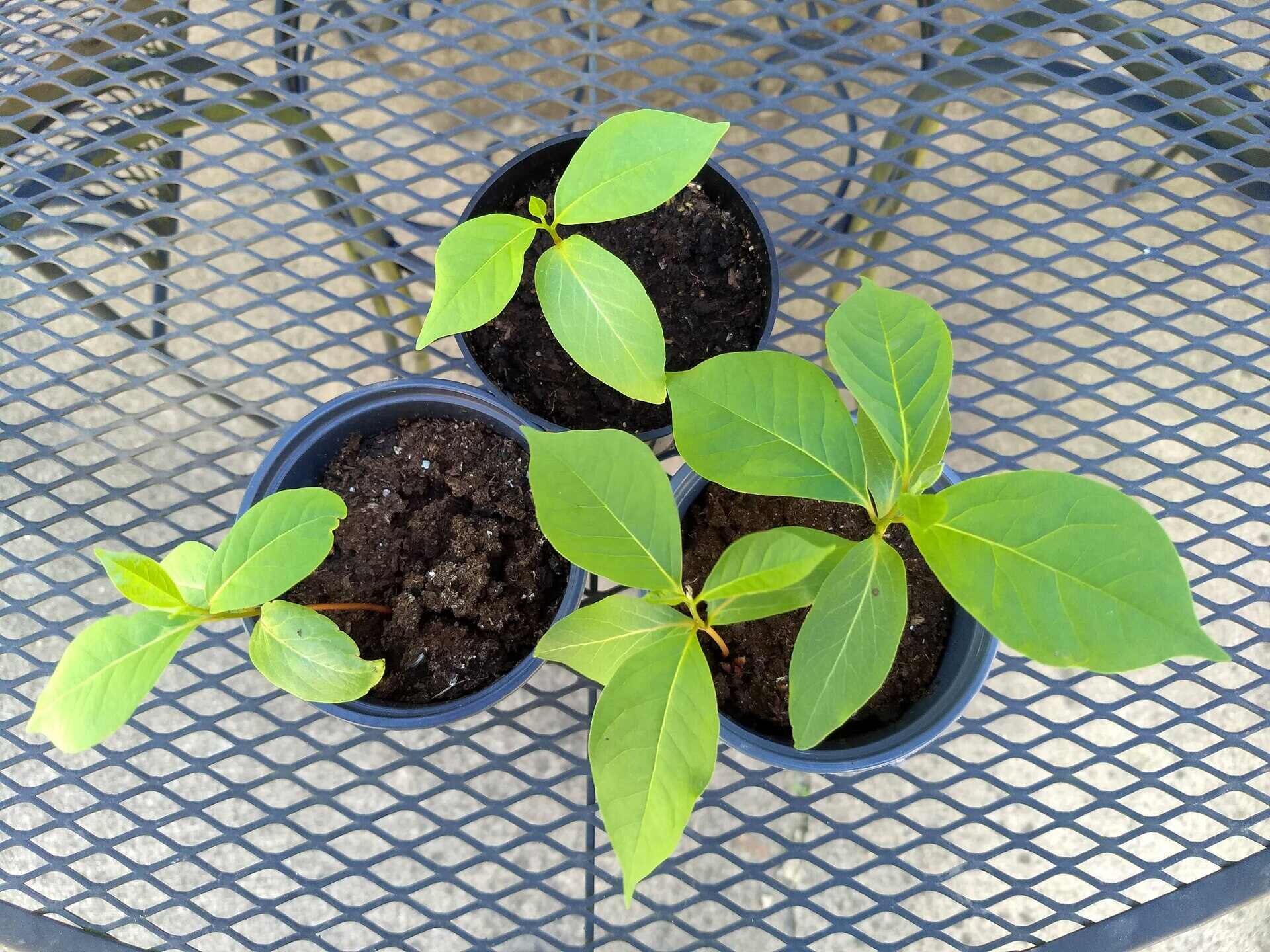
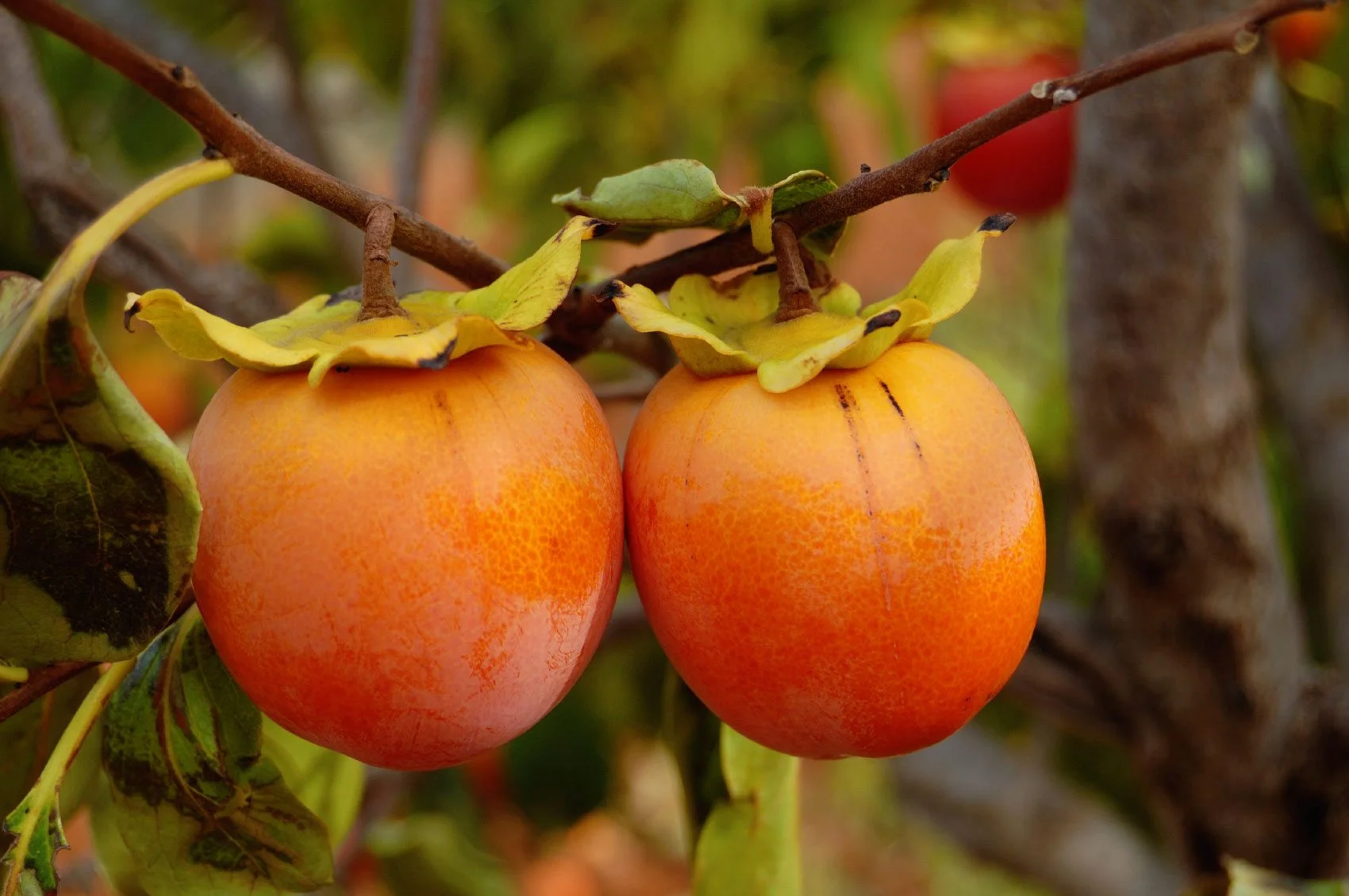
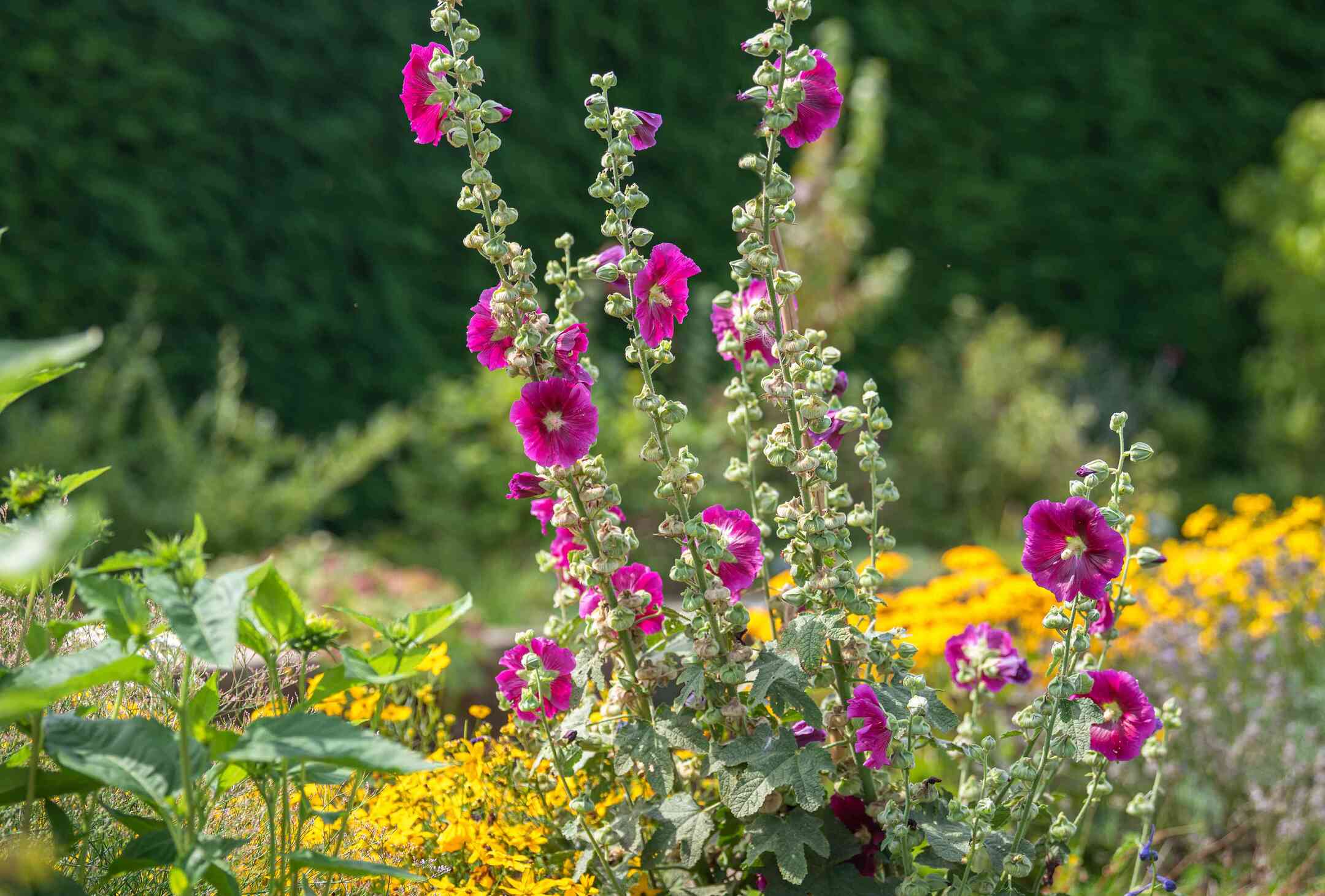
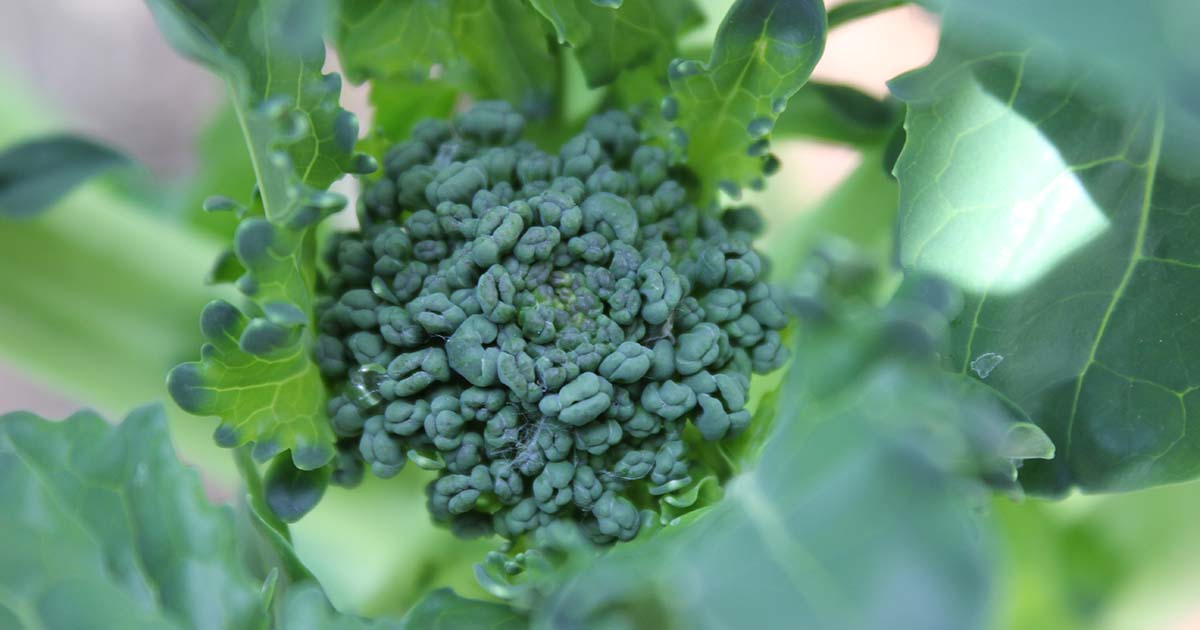
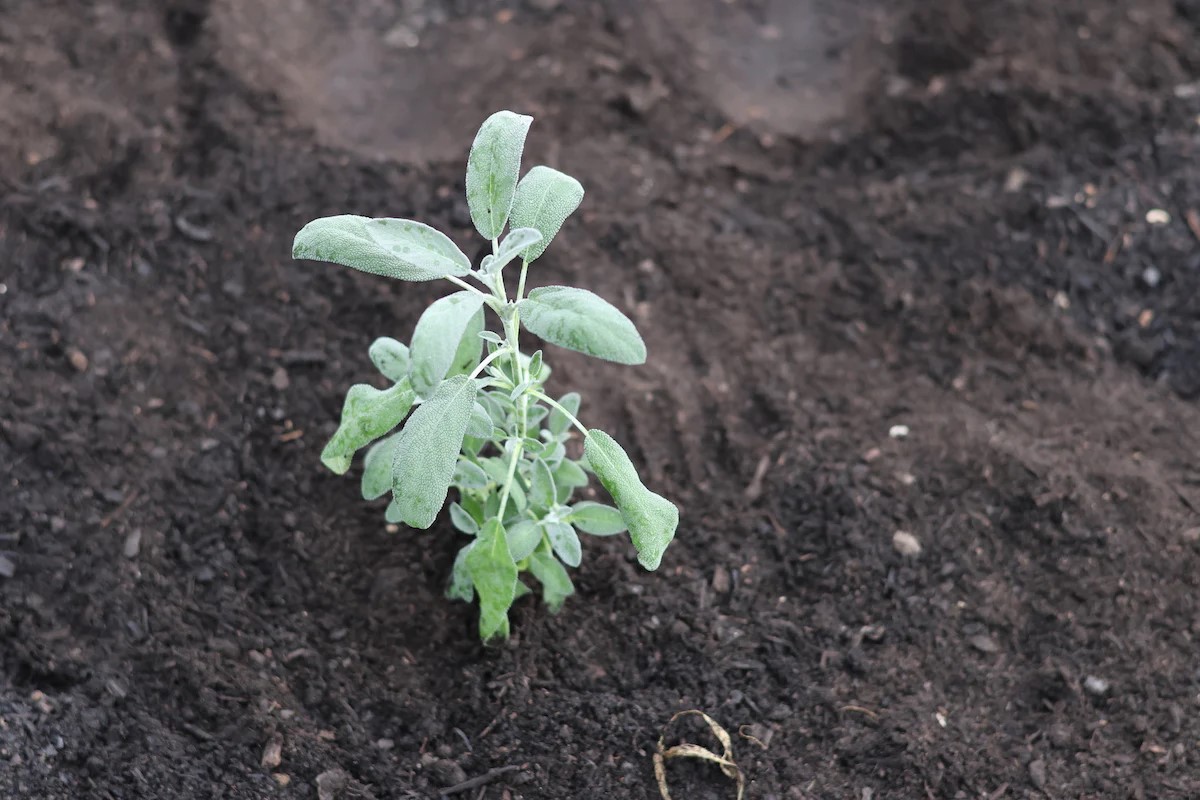
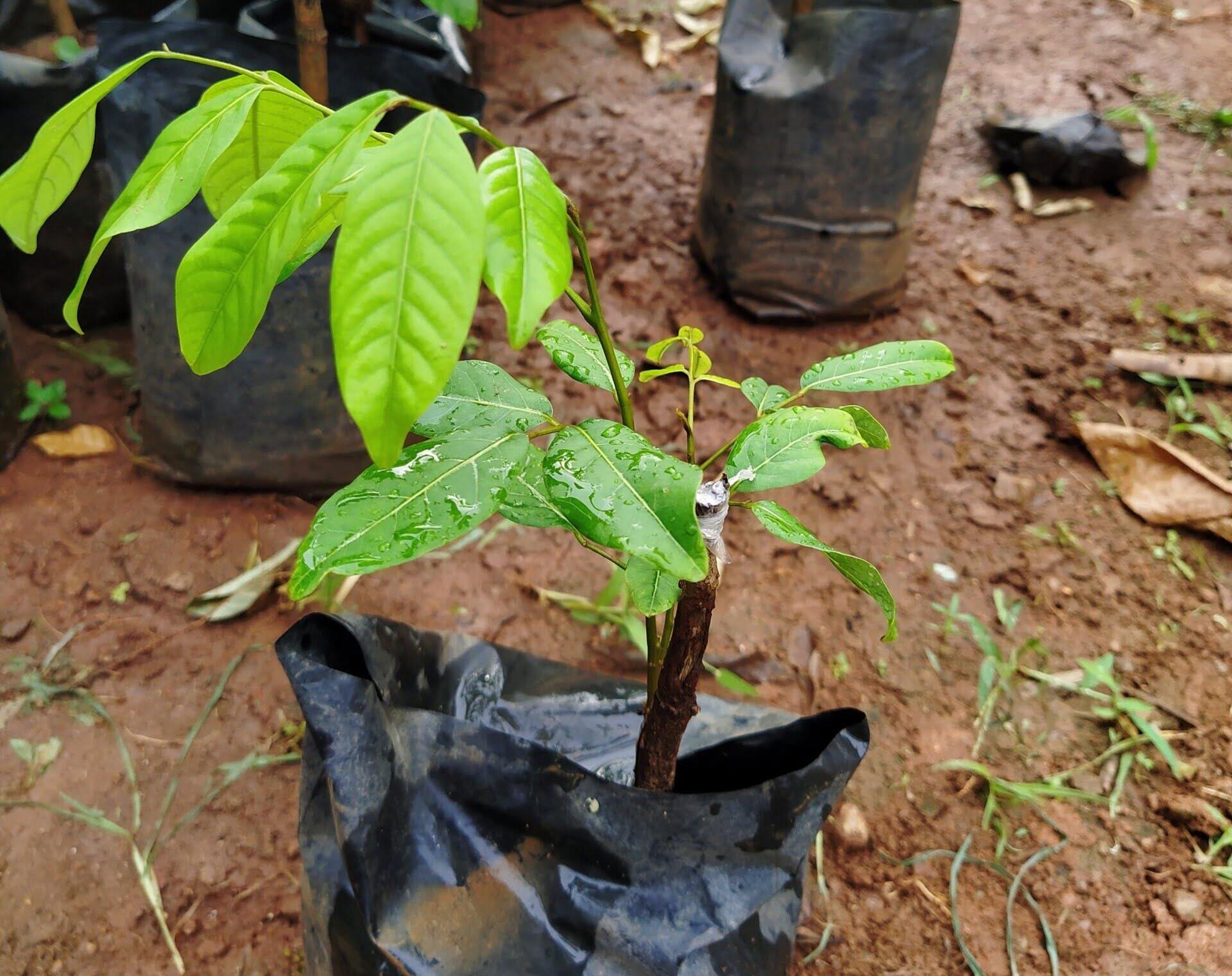
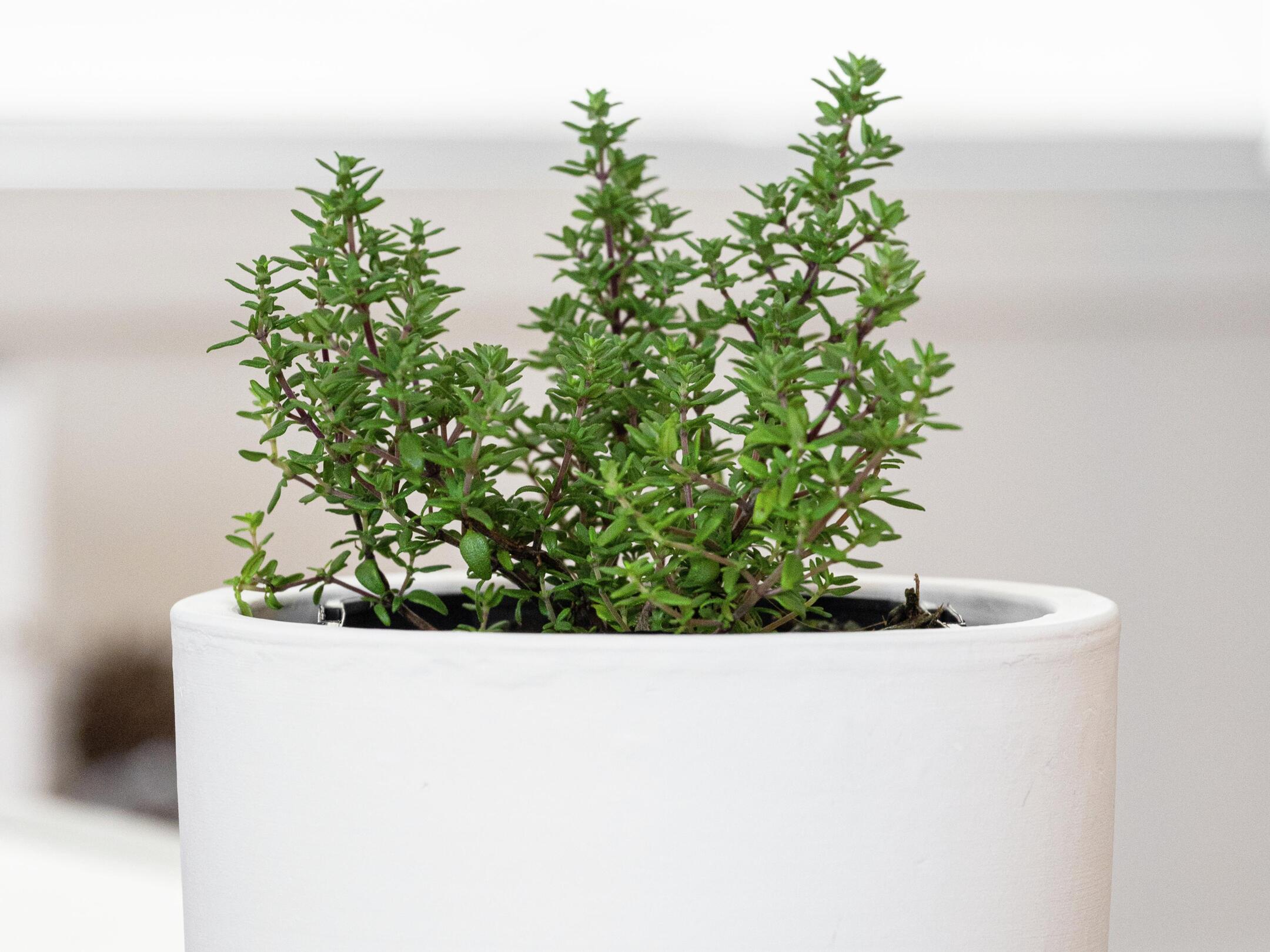
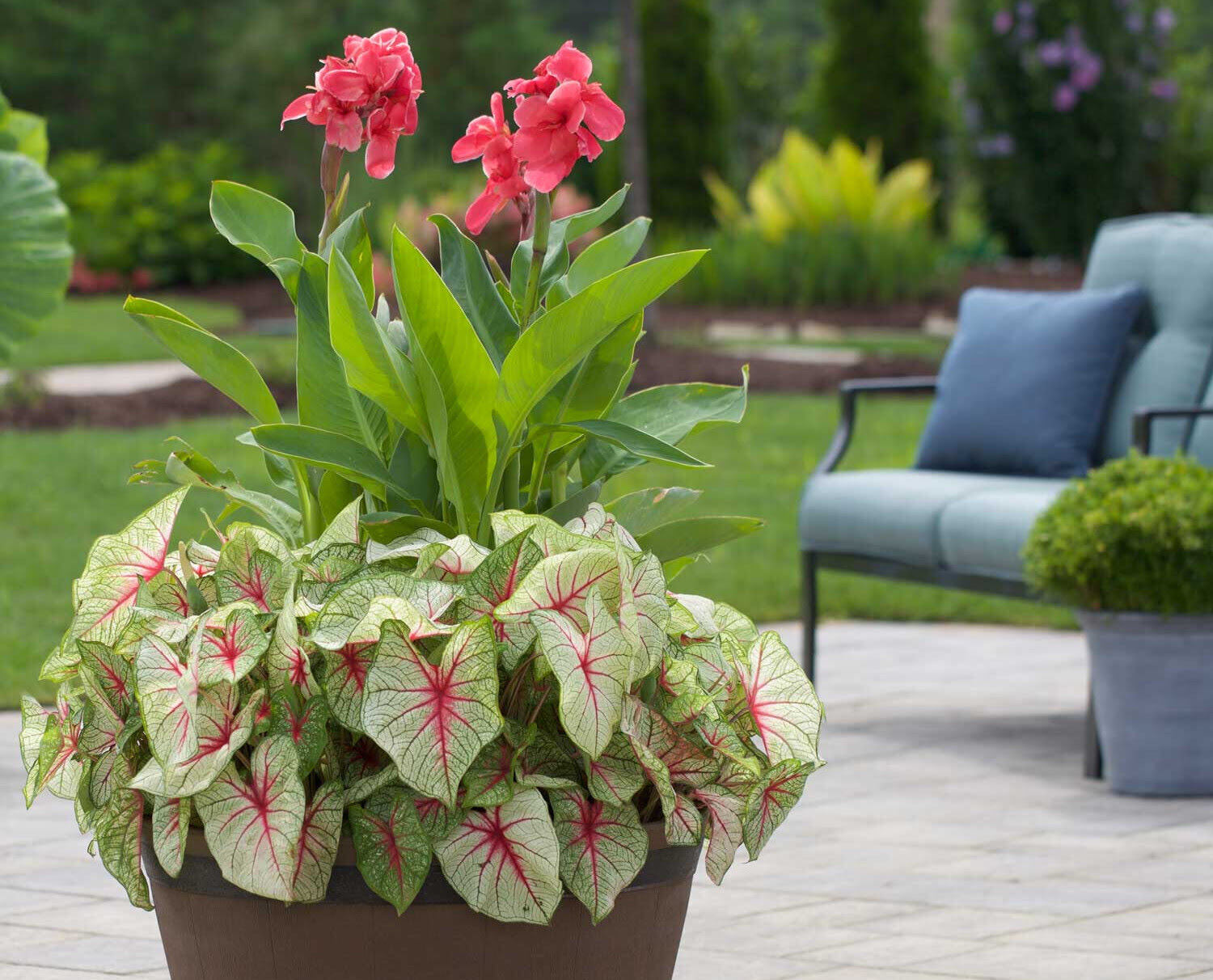
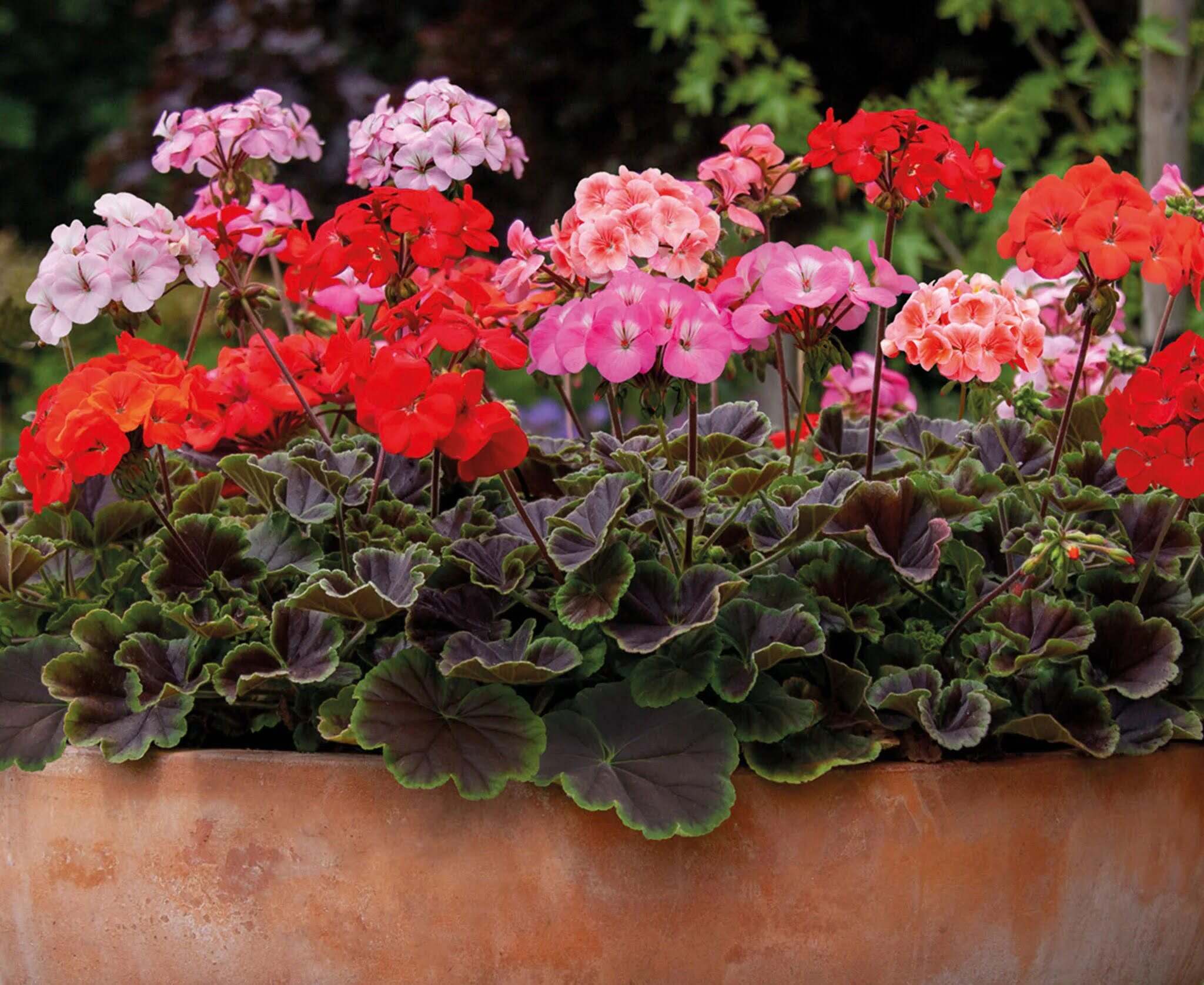
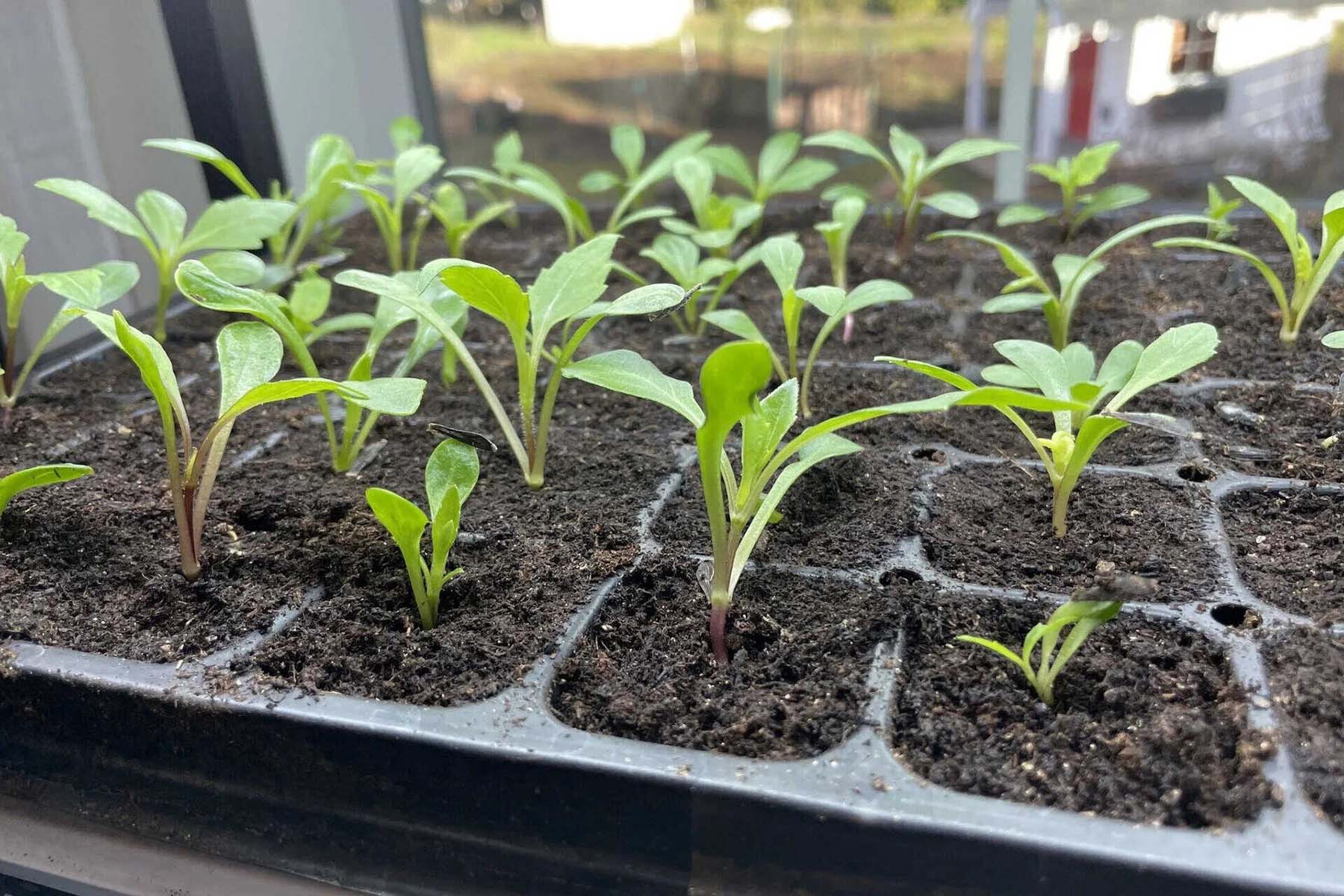
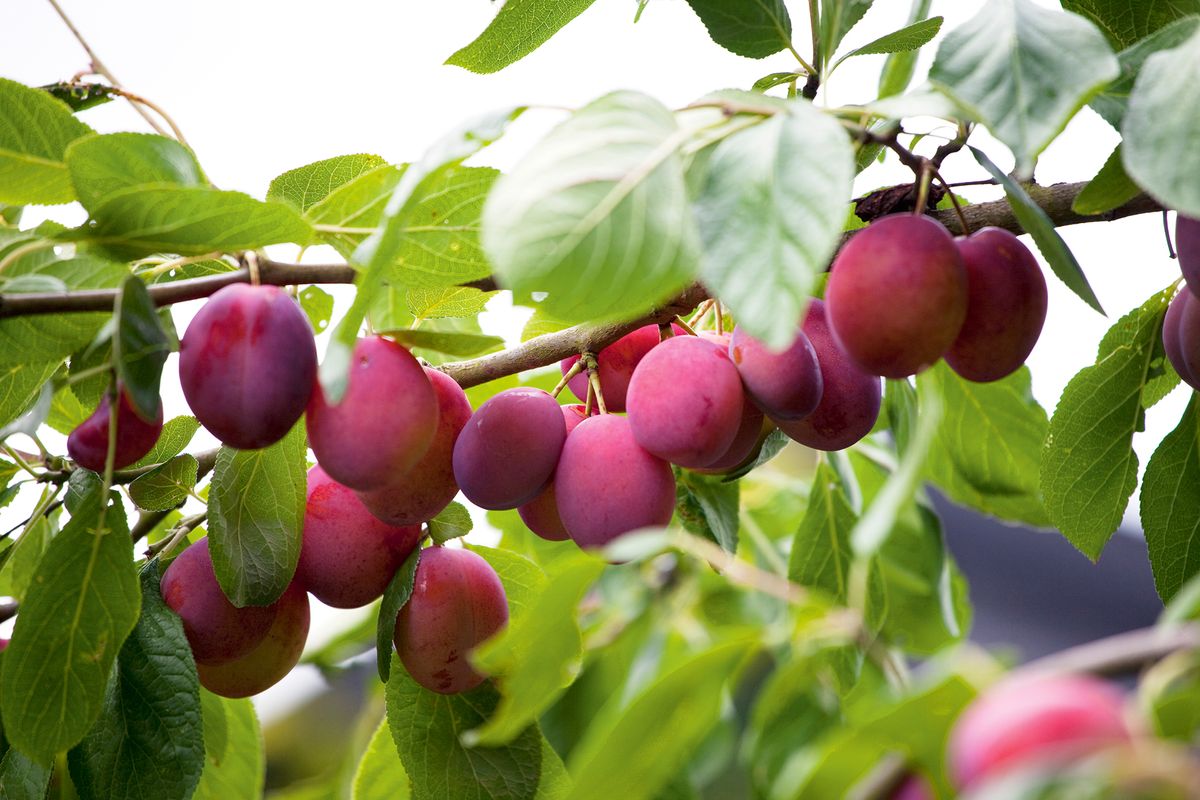
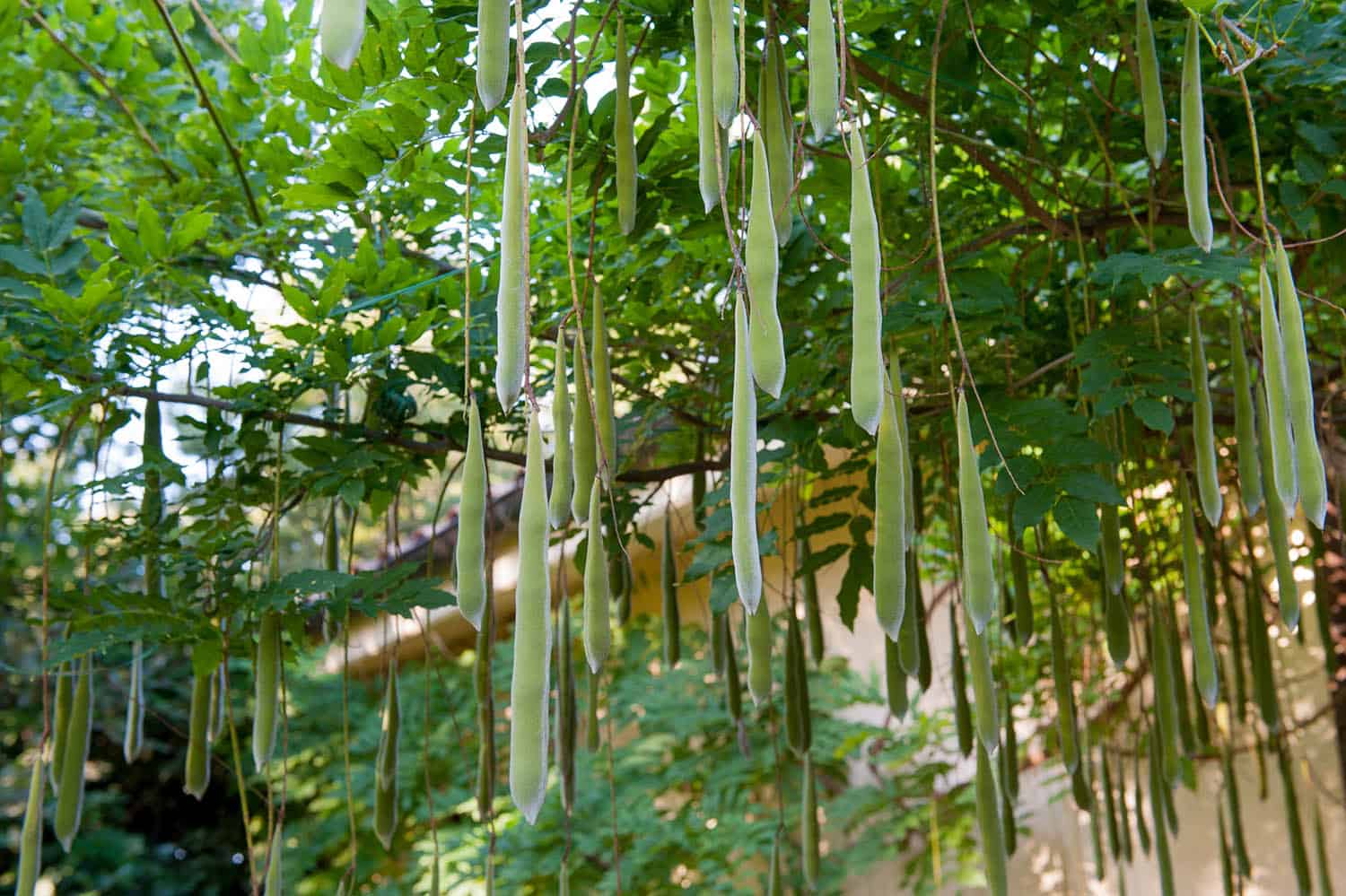
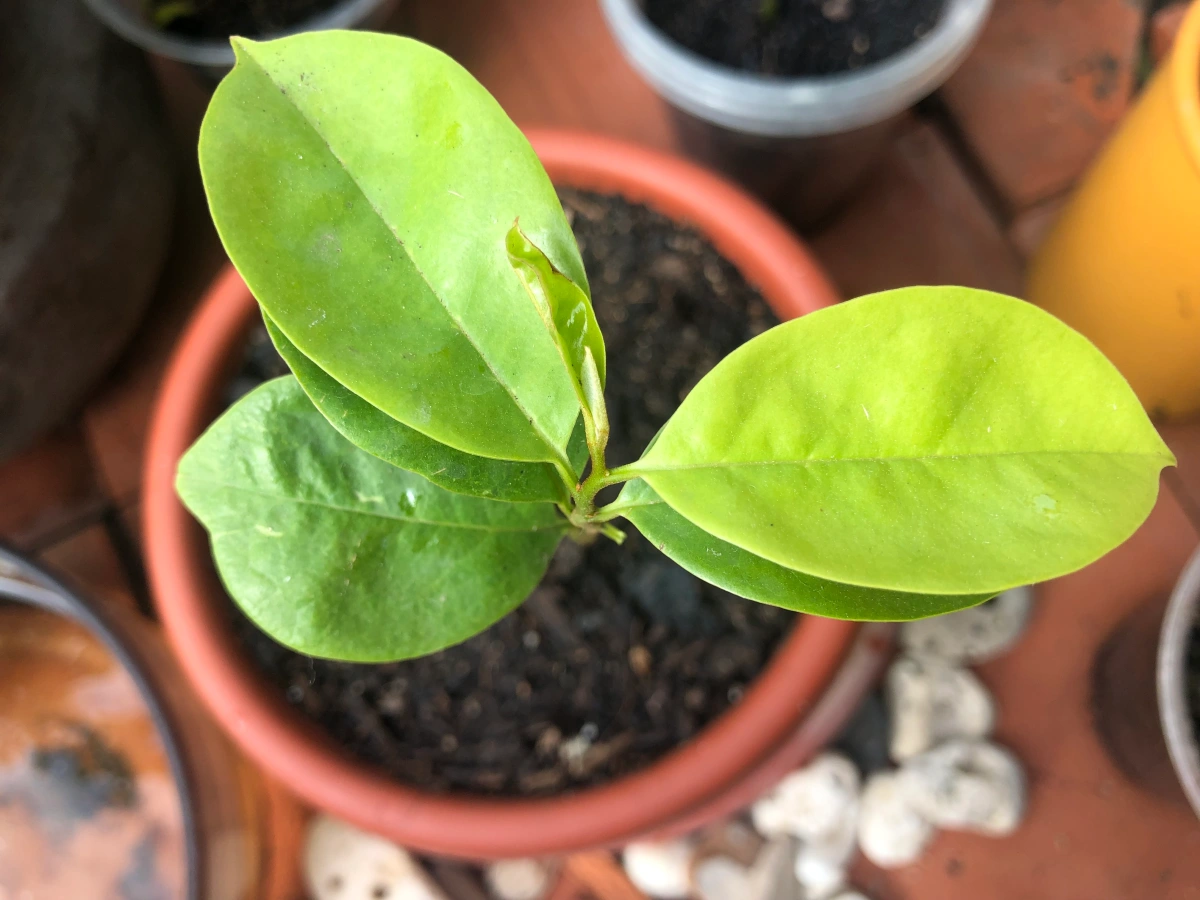
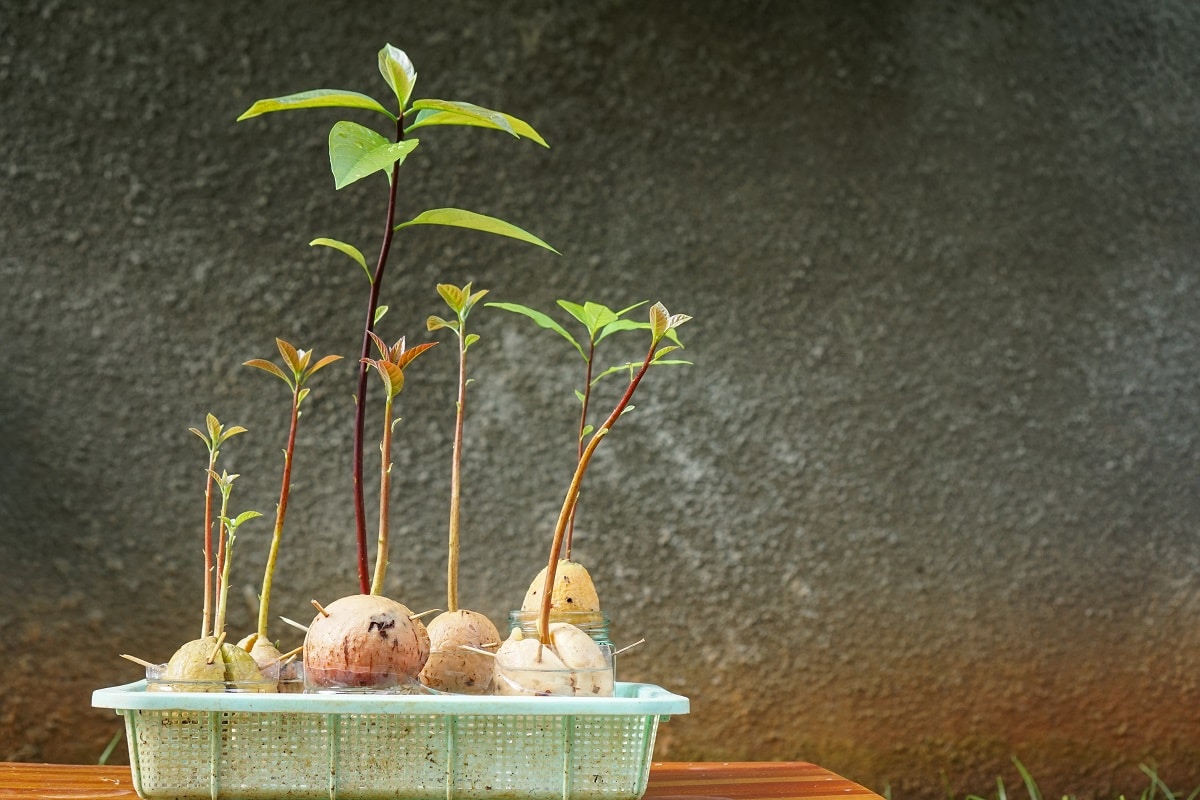

0 thoughts on “How To Grow Fuyu Persimmon From Seed”